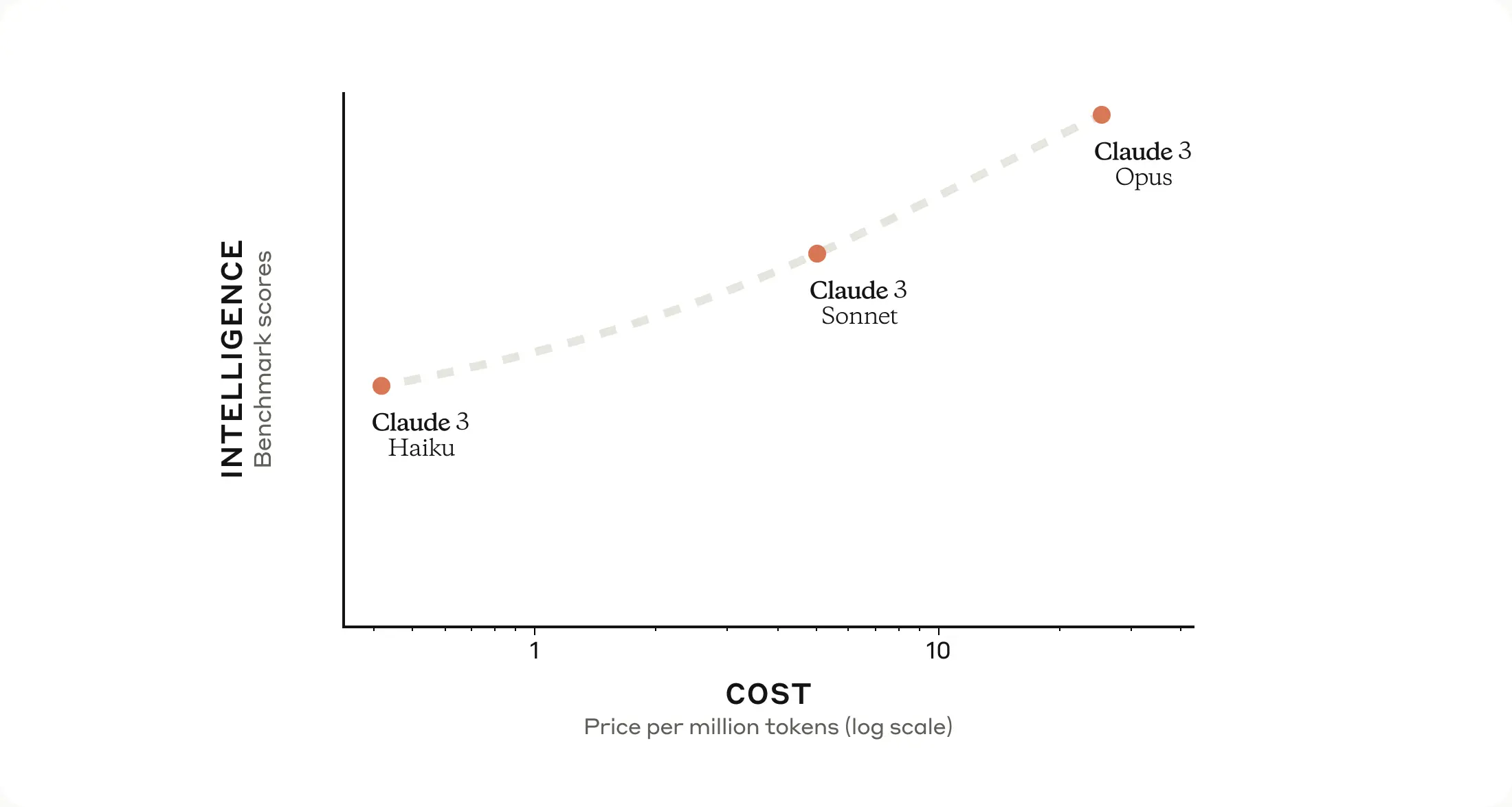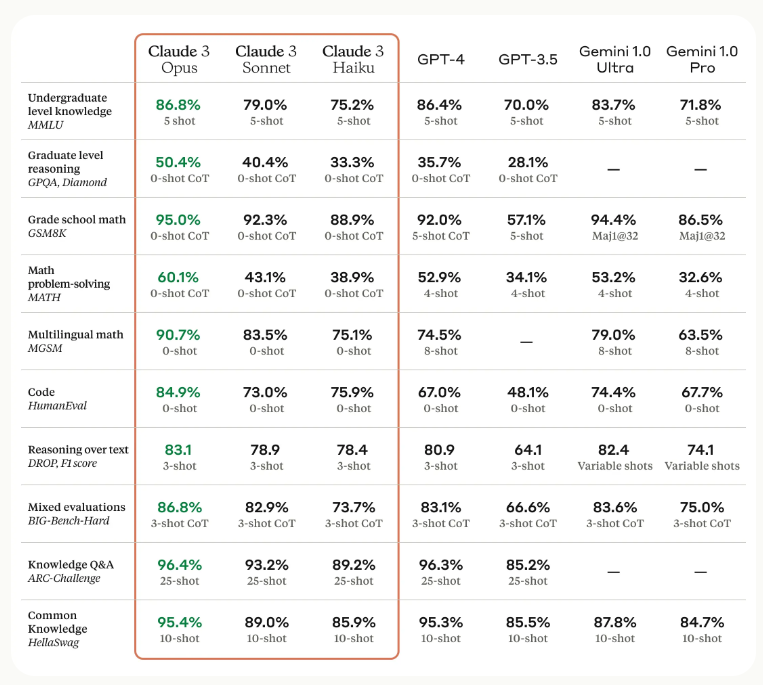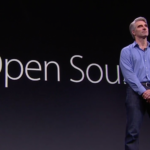In a significant move within the AI sector, Anthropic, a dynamic startup, and offshoot of OpenAI, has rolled out its newest innovation, Claude 3. This advanced large language model comes in three variants, with “Opus” being highlighted as the flagship version, boasting capabilities that are expected to rival or even exceed those of GPT-4.
The introduction of the Claude 3 family of models marks Anthropic’s latest effort to pioneer new benchmarks in artificial intelligence, specifically targeting a wide array of cognitive functions.
Divided into 3 Tiers
Like most other AI models, the Claude 3 family is also divided into three different categories: Claude 3 Haiku, Claude 3 Sonnet, and Claude 3 Opus, each designed to meet varying user requirements in terms of intelligence, speed, and affordability for their particular uses.

Opus is touted to be far more intelligent than its predecessor while being just as fast as Claude 2.1. In contrast, Haiku boasts near real-time responsiveness. Meanwhile, Sonnet delivers performance that is twice as quick as Claude 2, coupled with “increased levels of intelligence.”
But regardless of the model, Anthropic says that all Claude 3 tiers come with improved analytics and predictive capabilities, the ability to generate sophisticated content and code, and the capability to engage in conversations in multiple non-English languages, including Spanish, Japanese, and French. Furthermore, these models are adept at processing a wide array of visual data, from photographs to charts, graphs, and even detailed engineering diagrams.
Impressive Benchmark Performance

Per the recent announcement, the Claude 3 series surpasses rival models across standard AI benchmarks, including undergraduate-level understanding (MMLU), advanced reasoning akin to graduate studies (GPQA), and elementary mathematics (GSM8K). Anthropic asserts that the Opus variant exhibits “near-human levels of comprehension and fluency in handling complex assignments.”
However, it is worth mentioning that benchmark performance does not translate into real-life performance and that still remains to be seen.
Enhanced Visual Processing
Furthermore, the latest additions to the Claude model family come with enhanced visual processing abilities, enabling them to interpret a range of image types, from photographs to diagrams and technical schematics. According to Anthropic, this feature is set to significantly advantage corporate clients who manage knowledge bases in diverse visual formats.
Anthropic asserts that the Claude 3 models represent a substantial leap forward in minimizing unwarranted rejections and enhancing prompt comprehension. These models reportedly achieve twice the accuracy on complex open-ended queries and lower the incidence of errors compared to their predecessor, Claude 2.1.
Much Bigger Context Window
Echoing improvements seen in Google’s Gemini 1.5, Anthropic has notably increased the context window in the Claude series. Claude 3 models can handle inputs as large as one million tokens, marking a significant expansion, although the initial release caps this at 200,000 tokens.
Anthropic reveals that the evolution of Claude 3’s “model intelligence” is still underway, with the company committed to rolling out periodic updates in the foreseeable future. Additionally, Anthropic is set to introduce exclusive services and features tailored for major corporate clients, including coding support.






